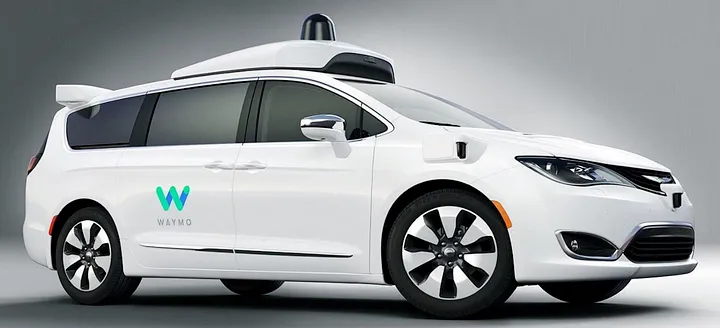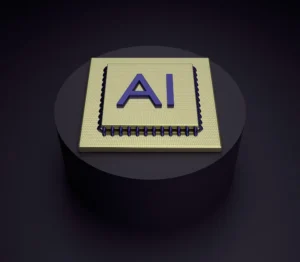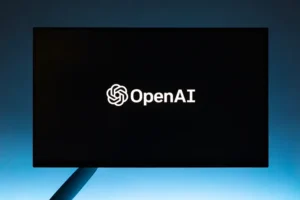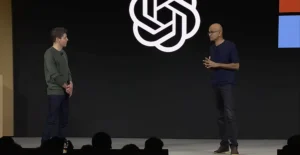Self-driving vehicles, a concept that existed only in a sci-fi dream, are now a developing reality. Even though they are not yet industrially accessible, fast headways in innovation make a circumstance where mechanical advancement needs to move past the administrative condition. Mechanical advances have put weight on governments to roll out organizational improvements allowing on-street testing of self-driving vehicles.
Nevada is one of the states to give licenses to self-driving vehicles’ testing and activity in the US but under severe conditions. The Nevada Department of Motor Vehicles notes that when autonomous are inevitably made accessible for unrestricted use, drivers will be required to get an uncommon driver permit support. Different states have pursued Nevada’s lead. New guidelines in the United States have incited whether administrative changes are fundamental in Europe. This article inspects the rising challenge among car producers identified with the advancement and sending of independent vehicles and their political and administrative ramifications.
Extraordinary consideration is paid to the job of mechanical partners, and political entertainers in connection to the advancement, take-up, and guideline of self-driving vehicle advances. This is done from a relative point of view, thinking about progress in the United States, the European Union, Germany, the United Kingdom, Japan, and Sweden. The various framings of self-driving vehicle advances and their potential commitments are additionally considered.
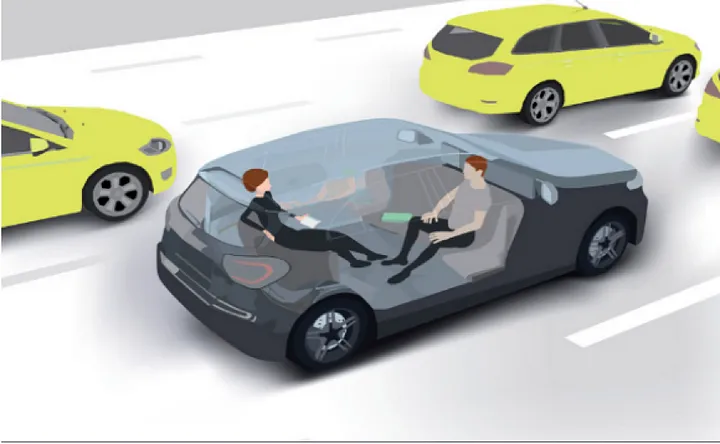
Expanding vehicle mechanization can be comprehended as an advanced procedure that may, in the long run, lead to independent or semi-self-driving vehicles. Developments can be characterized by advancement (for example, item, process), the periods of advancement (creation, evolution, dispersion), or the development’s size. An assortment of affecting variables shapes development forms. Political intercession is one factor that can impact the advancement of autonomous vehicles.
Robotized innovations have been consolidated into autos for a considerable time, including automated stopping devices, parking assistance, automatic braking systems, and versatile journey control. Data and correspondence advances will probably make conceivable the quick organization of some mechanized advances. Computerized driving advancements could improve crises such as unintended accidents, upgrade the comfort level in driverless cars, and enhance the multi-purpose use of self-driving vehicles.
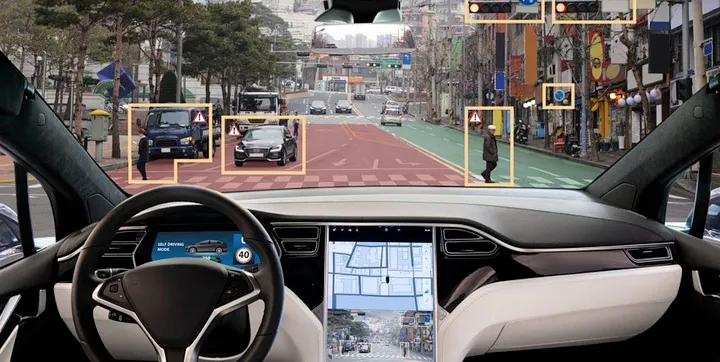
Independent vehicle innovation improvement ways run from steady (for example, programmed slowing mechanisms and transmission technologies) to more significant (accident prevention security technologies and improved self-driving capabilities) to progressive changes to existing technologies (completely autonomous vehicles in daily rush hour gridlock) contingent upon the condition of innovation and how much it has been executed, there are distinctive strategy suggestions and administrative mediation needs that have to be in place for the proper functioning of self-driving cars on our roads.
Diverse, innovative research and implementations place various requests on the approach technology. Ongoing innovative changes can, for the most part, be tended to with moderately minor changes to existing administrative systems. Progressively radical innovative changes, such as the utterly independent vehicle, will require further administrative mediations such as cultural mindfulness raising and acknowledgment.
The data and correspondence innovations utilized in self-driving cars could likewise bring up different information security and capacity issues. However, this will depend mainly on the sort of advancements used.
Indeed, one of the apparent progressions in the development of independent vehicle innovation is the rise of new partners. The innovations have augmented the field of entertainers occupied with vehicle arrangements and prompted the development of new political alliances. ICT businesses are significant partners in self-driving vehicle advances and strategies.
Carmakers and different players (like Google) are both in rivalry in the advancement of models and in collaboration with one another with an end goal to accomplish an increasingly ideal administrative condition for the testing of independent vehicle innovation.
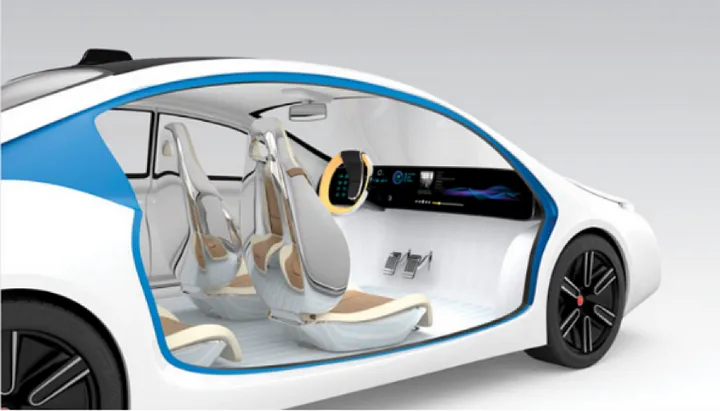
Key players in the auto industry have imagined the commercialization of self-driving vehicles for a long time now, even though there is an extensive vulnerability about when and if the innovation would be implemented. While there are numerous inquiries concerning whether commercialization is reasonable sooner rather than later, master networks ask controllers to get ready.
In certain parts of the world (particularly in the United States) early preliminary strides for potential more profound administrative changes are being taken. Conditions for commercialization may likewise shift altogether, and this trend would likely cause many changes in the national and international auto laws.
The speed and nature of progressions in independent driving innovations will affect requests for political intercession. Innovative headways drive numerous political mediations. On account of gradual innovation advancement, there might be a parallel procedure of ongoing administrative changes, permitting choices, or increment or decline in budgetary or other political help plans.
Steady mechanical changes can be looked into from the point of view of frameworks development hypothesis, where advancements are comprehended because of multilateral connection forms among firms, enterprises, associations, and institutional systems.
On account of increasingly progressive advancements in the build of self-driving cars that result in progressively troublesome changes to the present state of affairs, government officials might be compelled to settle on quick and significant administrative choices with minimal preliminary or learning time and few existing encounters draw upon.
Now and again, political entertainers may choose to attempt to quicken the improvement of specific advances and their huge scale application. We have seen instances of strategy-driven progress with, for example, atomic and sustainable power sources.
In these cases, governments set motivating forces to help the advancement of these advances, for example with innovative work financing, bolster plans, credits, the arrangement of foundation, and the taking over of obligation dangers and on account of certain nations, later settled on choices to eliminate the utilization of a specific innovation.
There are also different models in the vehicle division, where state entertainers plan to prepare for certain mechanical decisions. Aside from giving street frameworks and supporting individual car transport frameworks, e-portability is an ongoing case of an endeavor by approach producers to help support the usage of a specific innovation on a bigger scale.
Strategy producers don’t usually prefer to mediate in the functions of market economies, yet now and again may feel influenced to do so.
Various elements might be behind a choice to help new advancements or mechanical applications. Arrangement creators may advance an innovation’s improvement to help the intensity of the local industry, in light of issue weights (for example, wellbeing or ecological elements), to try different things with new innovative conceivable outcomes, or in response to universal improvements. Here is a great book, an Amazon affiliate link, to learn more about the strategies and disruptions by autonomous vehicles.

There are a few different ways political entertainers can bolster the improvement and dissemination of new advances. They may energize and strengthen the advancement of master systems, innovative money work, make interest for a specific innovation (for example, by setting up help conspires or ordering government acquiring of an invention), and, by giving essential foundation, legislative mediations may likewise be restricted to specific development phases of innovation.
To see how self-driving vehicles are being examined at the European level, we saw procedure archives, European-financed research activities, and effective systems identified with self-driving. The investigation demonstrates confusion between the premiums of explicit modern on-screen characters in the fast commercialization of self-driving driving innovations with more extensive European dreams and targets in the vehicle region where self-driving advances assume some job.
However, little consideration is given to self-driving vehicle advances. Independent driving advancements are not broadly examined in vital European records, albeit some subsidized exploration activities. This could be significant since the degree of consideration given to a subject, and its dreams might decide if political help is loaned to an innovation’s advancement.
With minimal unequivocal consideration given to independent driving vehicles at the European level, minimal political activity can be normal except if there are abrupt mechanical development stuns or more grounded political campaigning by partners.
The government’s grip on driverless innovation has quickened since 2013. That year, President Barrack Obama’s administration swam warily into autonomous vehicle issues by giving a few definitions for the nascent innovation and swearing more helpful research in the sector. Recently, the Obama administration had wholeheartedly been submerged in the innovation, proposing about $4 billion in the government spending plan for self-driving vehicle innovative works for more than 10 years.
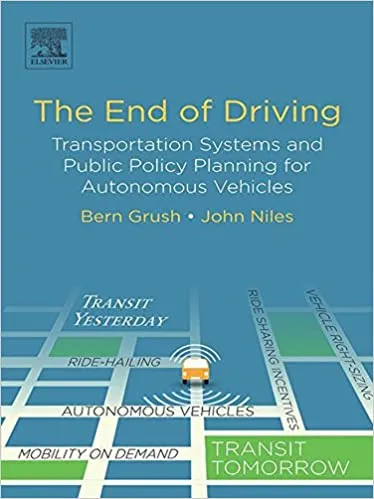
Will a definitive objective be accomplished where an intelligent wheel is discretionary on a vehicle we purchase from a showroom? Or, on the other hand, do we pop the champagne when there, all things considered, the Lyft or Uber you hail will land at your doorstep without a driver? Carmakers are usually intrigued since they face an existential risk: vehicle deals are relied upon to diminish. Like some other easing back business, automakers dread discipline by Wall Street.
The ideal approach to help their offer cost is to argue for development. In a declining market for human-directed autos, automakers are changing their models from vehicles suppliers to portability suppliers. This suggests a massive change in their action plans: from item organizations to administration organizations. Making that move is challenging, yet what’s much more complex is building the innovation they should gainfulness offer transportation administrations: self-driving.
Conclusion
Since various innovative arrangements are being actualized that are connected to different cultural objectives (for example, e-portability, multi-purpose structures), self-driving should be bantered with regards to these (contending or correlative). Discourses about future portability, conceivable outcomes, and the job that could be played via autonomy or somewhat or profoundly digitized vehicles ought to be increasingly comprehensive.
It should not be confined to a field that is fundamentally worried about specialized and lawful inquiries. Different partners, for example, non-legislative associations or research organizations, could be incorporated into existing structures (partner stages, legal procedures, and so forth.), yet new fields could likewise be made.

